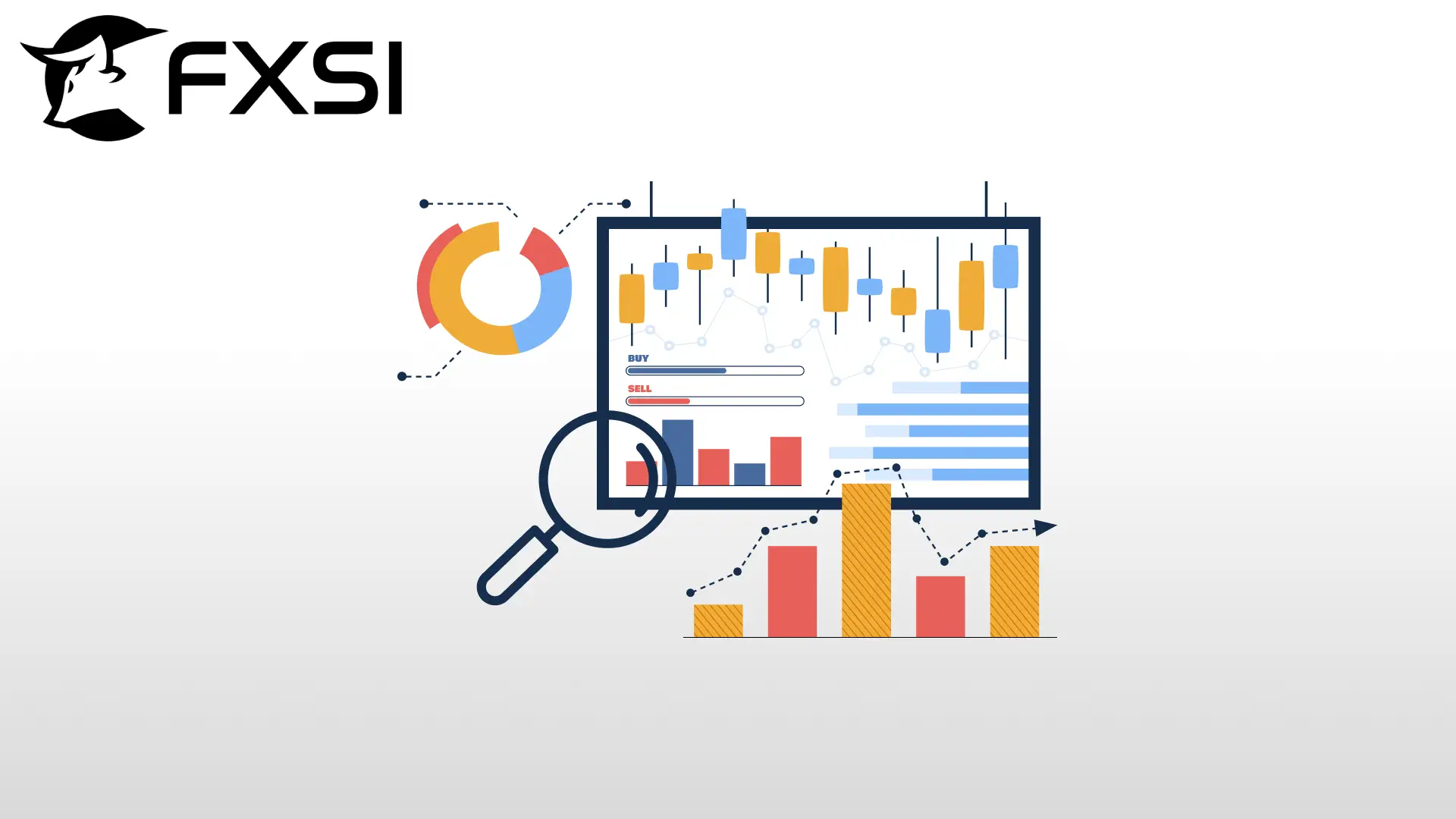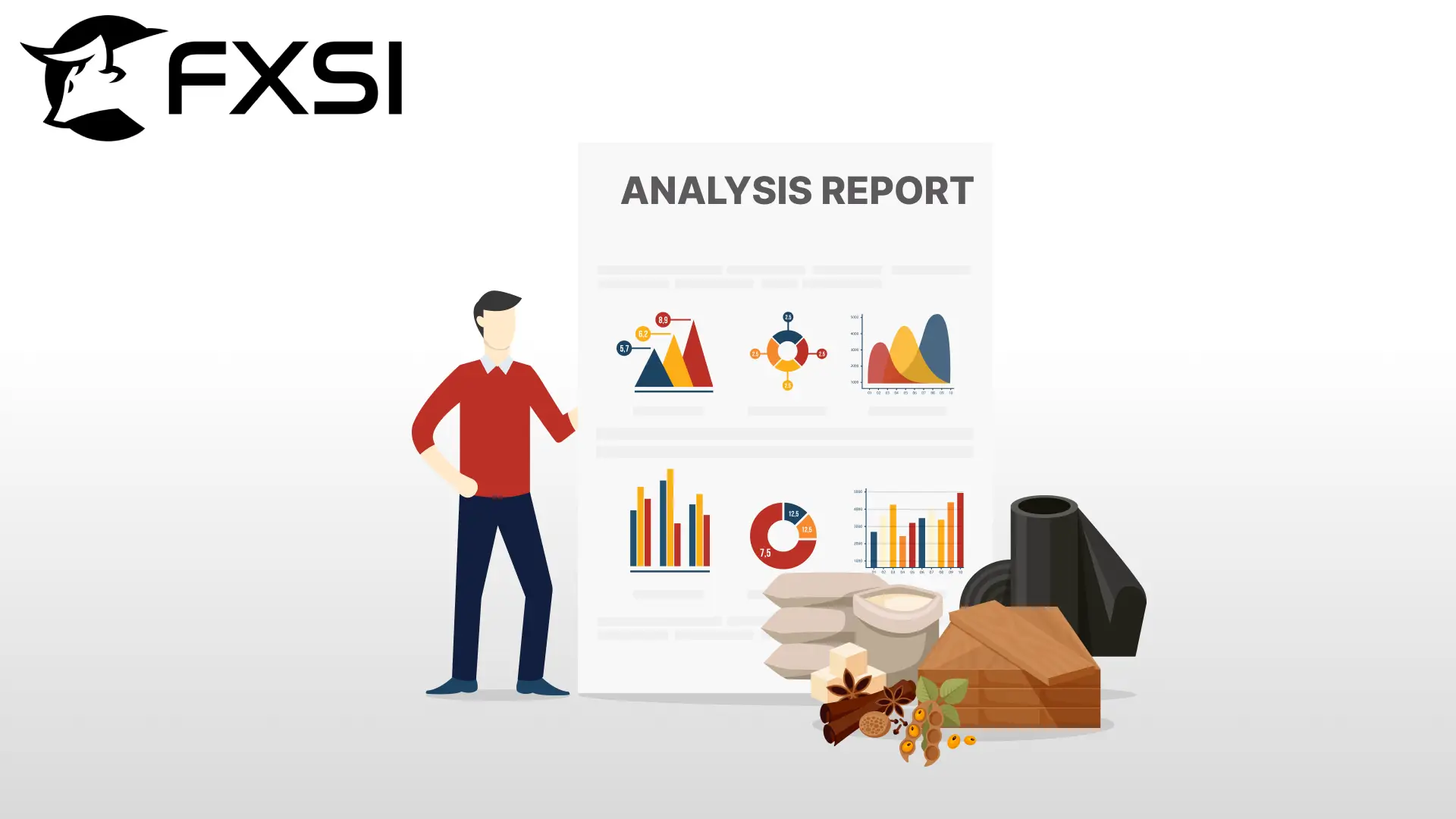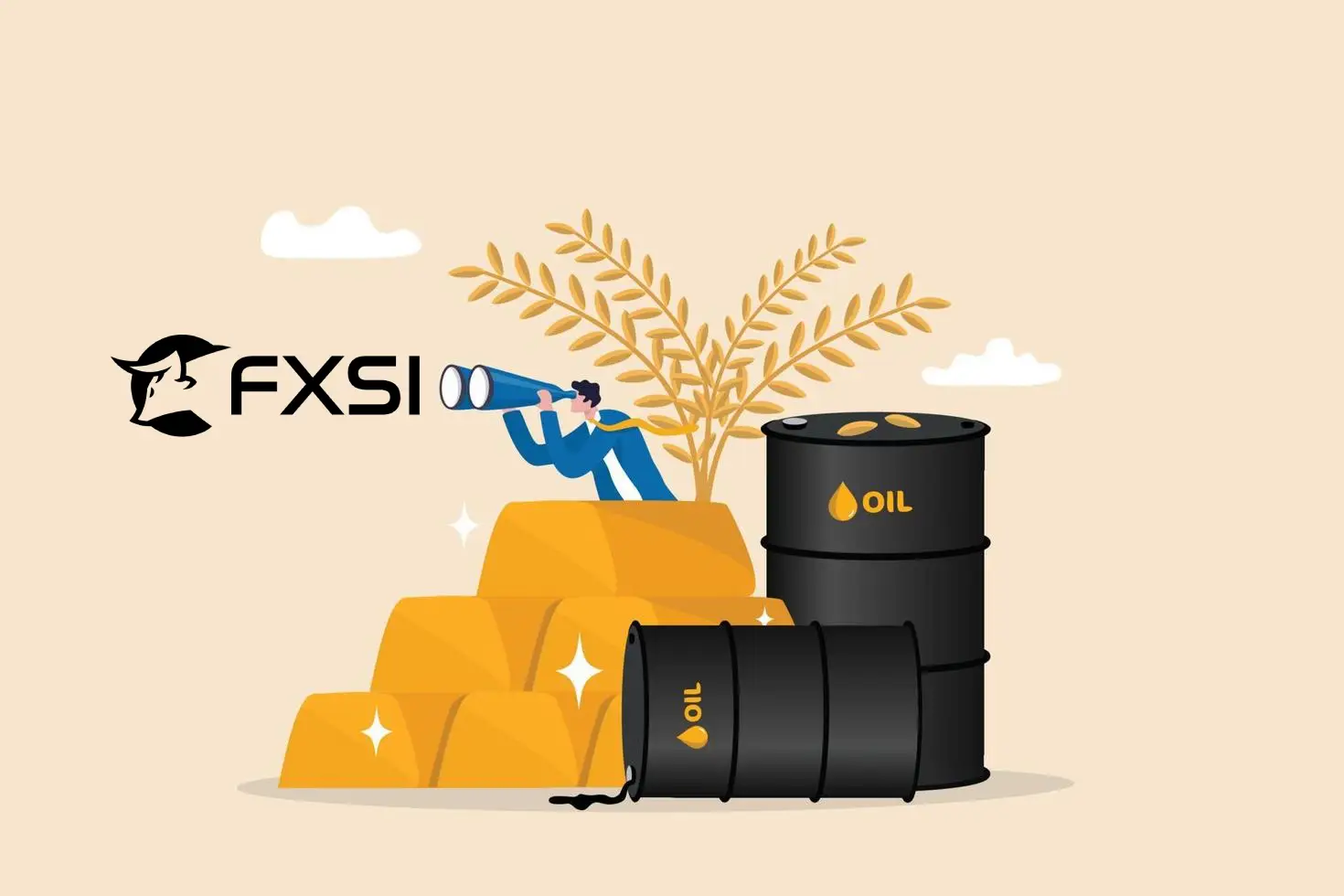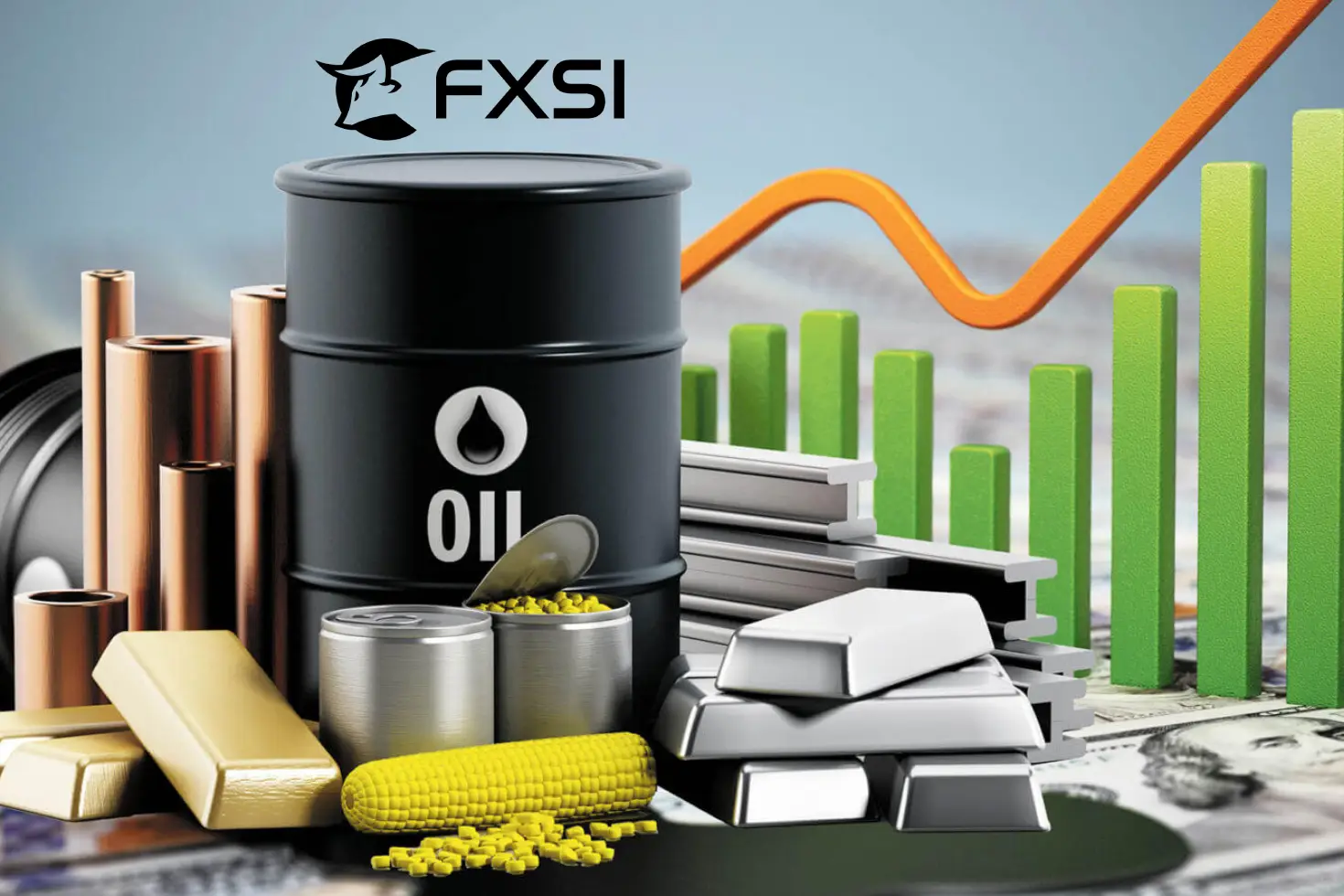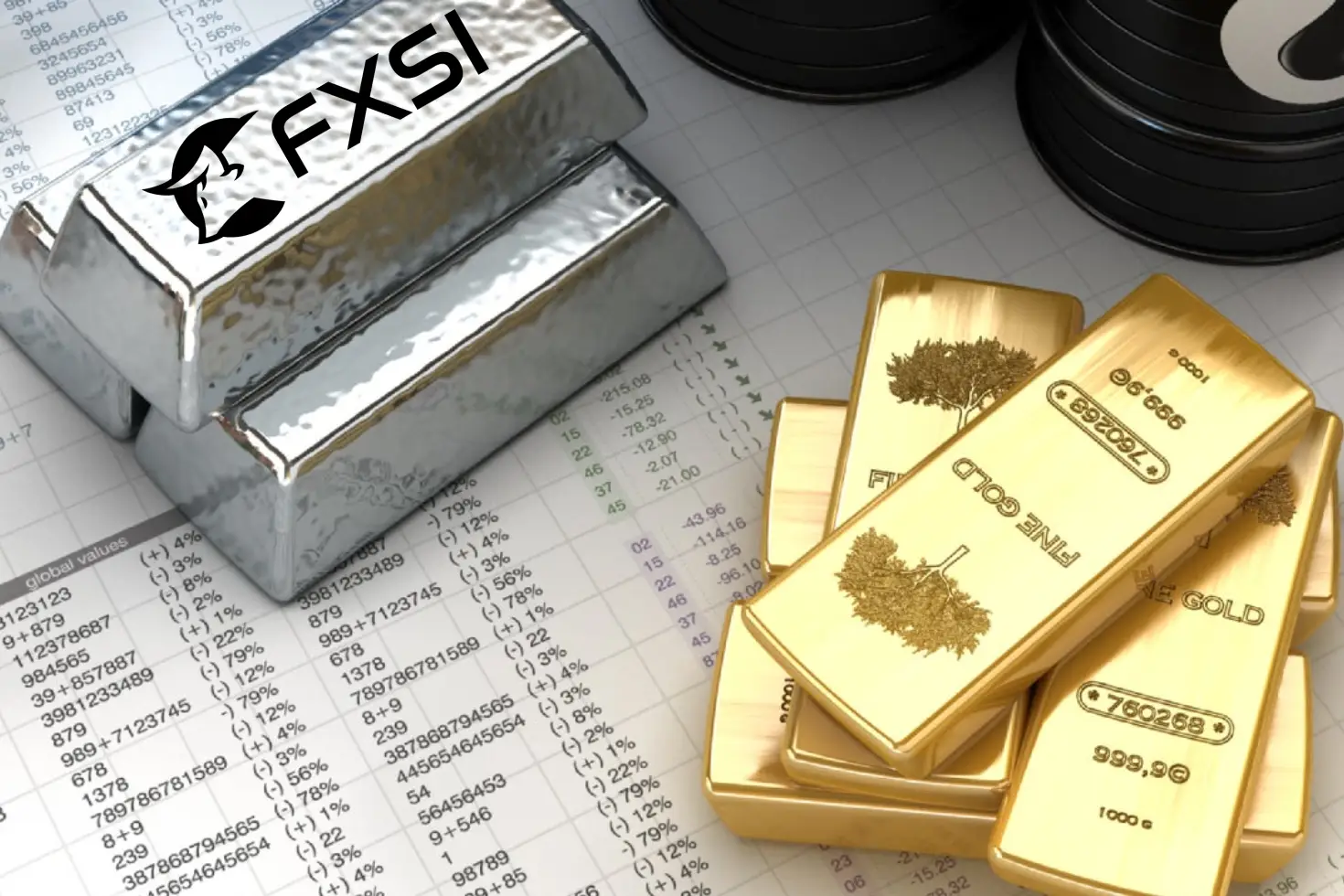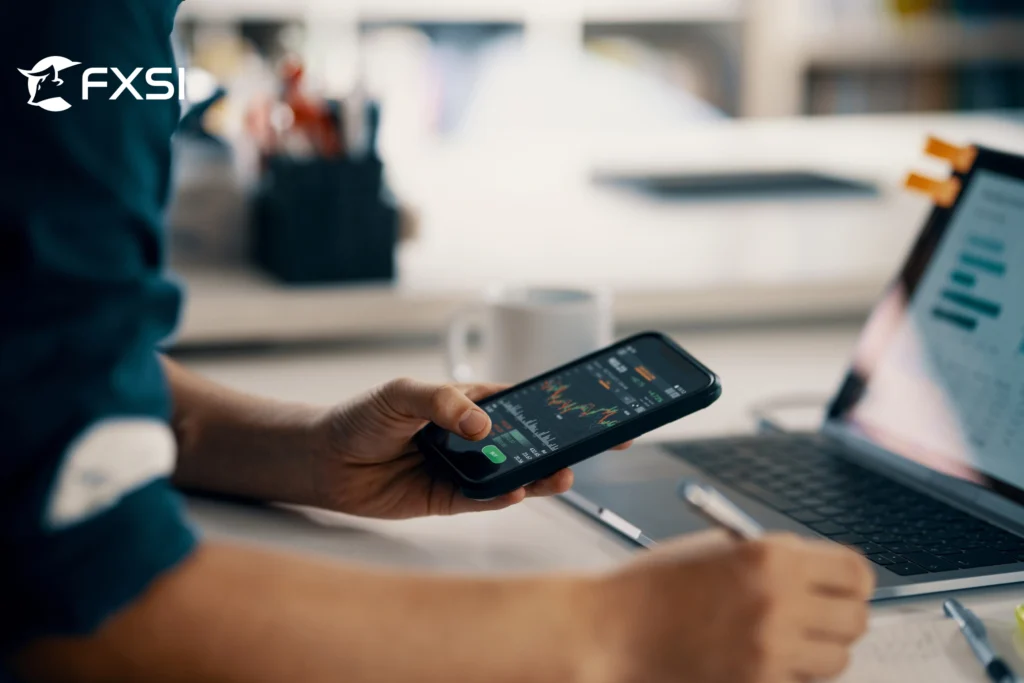Want to know more about the commodity trading instruments accessible by every trader?
Stay until the end of this guide!
Knowing the instruments you have access to as a trader can simplify your trading experience and even help you earn more. This guide will look into this exact cause and list all possible opportunities you have to boost your earnings via a variety of instruments.
Let’s get started!
What Are Commodities?
A commodity refers to an essential good or substance that serves as an input in the production and manufacture of other goods and commodities, as well as other goods. Commodities are basic industrial inputs that tend to be substitutable by other goods. Examples are raw materials and foodstuffs such as wheat, coffee, swine, and sugar, as well as sources of power such as oil, coal, and metals such as silver and gold.
ETNs are debt instruments issued by financial firms, yielding returns based on the performance of an underlying index of goods. ETNs, as opposed to ETFs, involve no underlying goods but are bound by the issuer’s integrity.
Quick Tip: It’s good to learn the commodity trading hours!
What Are Commodities Futures?
Contracts over goods, also referred to as future contracts, are enforceable contracts, committing one party to sell raw materials at an agreed price on an agreed future day. These contracts stipulate details of the future day, the quantity, and the agreed price. A section allows contracts to close by settling money, not by delivering goods.
Generally, goods fall under three categories:
- Foodstuff goods: Sugar, wheat, swinish
- Fuel goods: Gas, natural gas, crude
- Metallic goods: Gold, silver, copper
Buyers employ future contracts to lock an agreed price of goods, hedging against price increases. Vendors, on the other hand, employ future contracts to lock an agreed sale price, hedging against price decreases.
Note: Prices fluctuate continuously, causing fluctuations in future contracts. That’s why goods like beef, gold, and gas fluctuate.
How Do They Work?
Future contracts work as simple as they seem:
- If the price of underlying goods increases, buyers of futures contracts win. They obtain the underlying property at the agreed, lowered price, while being able to sell it at the increased, current price.
- If the price decreases, it’s the vendors’ time. They obtain the underlying property at the decreased price, while able to sell it at the agreed, increased price.
In many cases, buyers and sellers actually neither get possession. Instead, it closes out by delivering ownership of the underlying in a warehouse facility, by delivering an offsetting contract, or by delivering the price variation in money.
Now that you know more about the trading instruments in commodities, and how to incorporate them into your strategy, let’s have a look at the stocks scene!
What Are Commodity Stocks?
An ownership in firms that mine, extract, or trade raw materials, like wheat, gold, silver, or crude, buying. These give buyers exposure to price variation of the underlying, but not by buying the underlying, nor by buying future contracts.
Typically, those goods offered as an investment fall under three categories:
- Grain, pork belly, tea-plant products, food;
- Tobacco, cotton, rubber-plant products, non-food;
- Gold, silver, aluminum, crude, natural gas, metals, energy;
If products are going to trade on exchanges, two requirements must be met:
- Standardization – The underlying must be exchanged by the producers.
- Volatility – Price must fluctuate enough so there are opportunities for trades.
- Mining, energy firms – Firms involved in gold mining, extracting oil, or cultivating farms.
- Commodity ETFs, ETNs – Providing diversified exposure.
- Mutual funds – Professionally managed mutual funds invested in underlying-related stocks.
The Pros & Cons of Using Commodity Trading Instruments
There are plenty of advantages to incorporating instruments into your trading strategy, but there are risks as well. Let’s have a look:
Advantages:
- Diversify – Commodities provide an avenue other than equity, reducing aggregate portfolio exposure
- Deflation Hedge – Commodities tend to remain steady, if not appreciated, during deflationary cycles.
- Profits – Volatility in price allows buyers to ride price variation.
- Leverage – Leverage instruments, such as futures, allow buyers to trade enormous positions by committing relatively little money.
Disadvantages:
- Market Volatility: Prices fluctuate sharply due to weather, political events, as well as imbalances between supply as well as demand
- Leverage Risk: Leverage, while amplifying gains, has the capacity to cause huge losses if the price moves against trade
- Liquidity Risk: Certain goods, as well as products, tend to lack enough liquidity, preventing the trader from entering, as well as leaving, positions
- Changes in Regulatory Measures: Governmental regulation, as well as policies, tend to cause price, as well as trade, moves, of choice goods.
Pro Tip: Learn the difference in physical and financial commodity trading!
The Role of Speculation in Commodities
Speculation fuels markets for commodities, adds liquidity, and makes markets efficient. Speculators trade products or commodities intending to gain profits out of price fluctuations, not hedging risks. Speculators’ presence ensures active markets, so easy entry by users, as well as manufacturers.
Important Points About Speculation:
- Liquidity in the Market: Speculators offer active markets, so buyers, as well as sellers, are able to trade instantly.
- Price Discovery: Speculators, by analyzing supplies as well as demands, offer accurate price discovery in markets
- High Reward, High Risk: Speculators, as compared to hedgers, carry greater risks, so maximum returns are achieved.
Example:
A trader, waiting for price surge of crude oil, may purchase future contracts in oil, so these contracts get sold later at an increased price. If prices decline, they may sell future contracts short, so profits are achieved due to crashing prices.
Note: Explore our complete guide on commodity trading!
Dangers of Speculation:
- Volatility in the Market: Prices swing sharply, so losses are suffered.
- Risks due to Leverage: Traders employ borrowed money, so maximum returns are achieved, but this also enhances losses.
- Limits by Regulators: Government imposes restrictions over speculative trade so that price manipulation does not occur.
Note: Speculation, if successful, requires discipline, alongside strategies like stop-loss, so losses are restrained.
Conclusion:
The commodity trading instruments we’ve learned about in this guide include:
- Futures contracts: Hedging, as well as speculative, contracts, homogenized.
- Options contracts: Having an option, provides a strategic advantage.
- ETFs & ETNs: Having exposure indirectly, preventing active trade in goods.
Knowing the instruments, as well as utilizing them appropriately, dealers, as well as investors, are able to deal with risks, capitalize, as well as get diversified. Remain vigilant regarding trends, changes in law, as well as risks, so as to obtain maximum benefits out of goods trades.
Best of luck!
